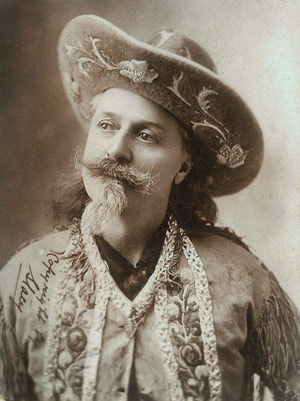travelling landscapes
 Wednesday, March 29, 2017 at 7:34AM
Wednesday, March 29, 2017 at 7:34AM  from Google Maps: 21039 Pacific Coast Highway, Malibu, California
from Google Maps: 21039 Pacific Coast Highway, Malibu, California
It seems a bit intrusive to peer at the house that Hockney once owned and sold in 1999. I doubt it had a pool as it was right on the beach beside the Pacific Coast Highway in Malibu. Now is that a romantic address or what? This google street view shows the row of fairly humble beach houses on one side of the road, and a rough hill on the other. Looking up the native vegetation of such a hill, coastal sage scrub, typical of cismontane southern California and northern Mexico, consists of aromatic low-growing shrubs: California sagebrush (Artemisia californica), California buckwheat (Eriogonum fasciculatum), coast brittlebush (Encelia californica), black sage (Salvia mellifera), white sage (Salvia apiana), Lemonade berry (Rhus integrifolia) and Prickly Pear Cactus (Opuntia littoralis).
I only looked this up as I had been reading about the Corsican macchia, so aromatic that it is the unique scent of Corsica. The macchia, or in other spellings the maquis, contains crocus (crocus corsicus, Corsican saffron), orchids (Conrad's orchid, serapias nurrica), colchicum, violet, romulea, aconite, garlic, aquilegia, daisy, cyclamen, carnation, digitalis, everlasting, hypericum, forget-me-not, mint, nepeta, ranunculus. There is heather, narcissi, violets, passionflower, marguerites and mimosa. There is bougainvillea and oleander, lilac thyme, white and pink broom. Lavender grows wild as does myrtle, rosemary, marjoram and mint.
Corsica is an ancient and underdeveloped island, Malibu is a highway just north of the freeways of Los Angeles. This might have something to do with the sparseness of plant life in the coastal sage scrub compared to macchia. I read somewhere in all of this that one of the problems with coastal sage scrub is the word 'scrub' which gives it little value in the popular imagination.
My project here, given that the Gulf Islands are said to have a mediterranean climate (ha! not after this winter) and that I am very close to the islands (albeit under a mountain, which might be a problem, part of that rocky spine that is Vancouver Island), is to develop a macchia myself, to turn one's garden into a wild, aromatic ground cover. Almost every shrub in the Corsican macchia I have seen as singles somewhere in the yard, so they do grow here. And there are olive trees up island. And I will add eucalyptus, for that beautiful perfume that so characterises the northern California coastline. And California poppies, which grow wild by the road. I see the irony in all of this, but I'm also optimistic.
I think I would quite like to live in Corsica/California/Canada, with olive trees. It is a bit of a dream, still.






























